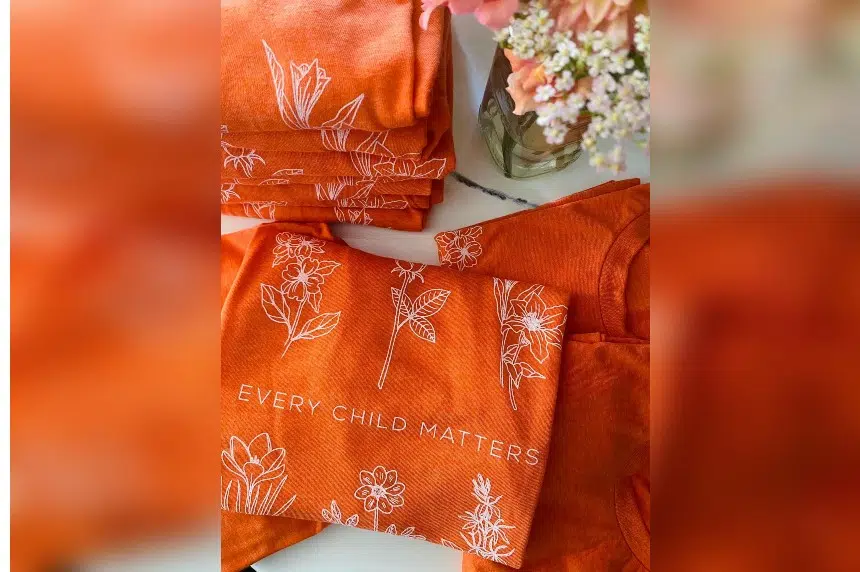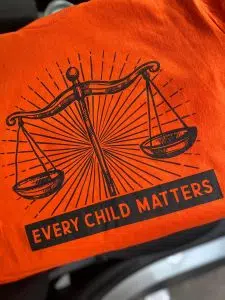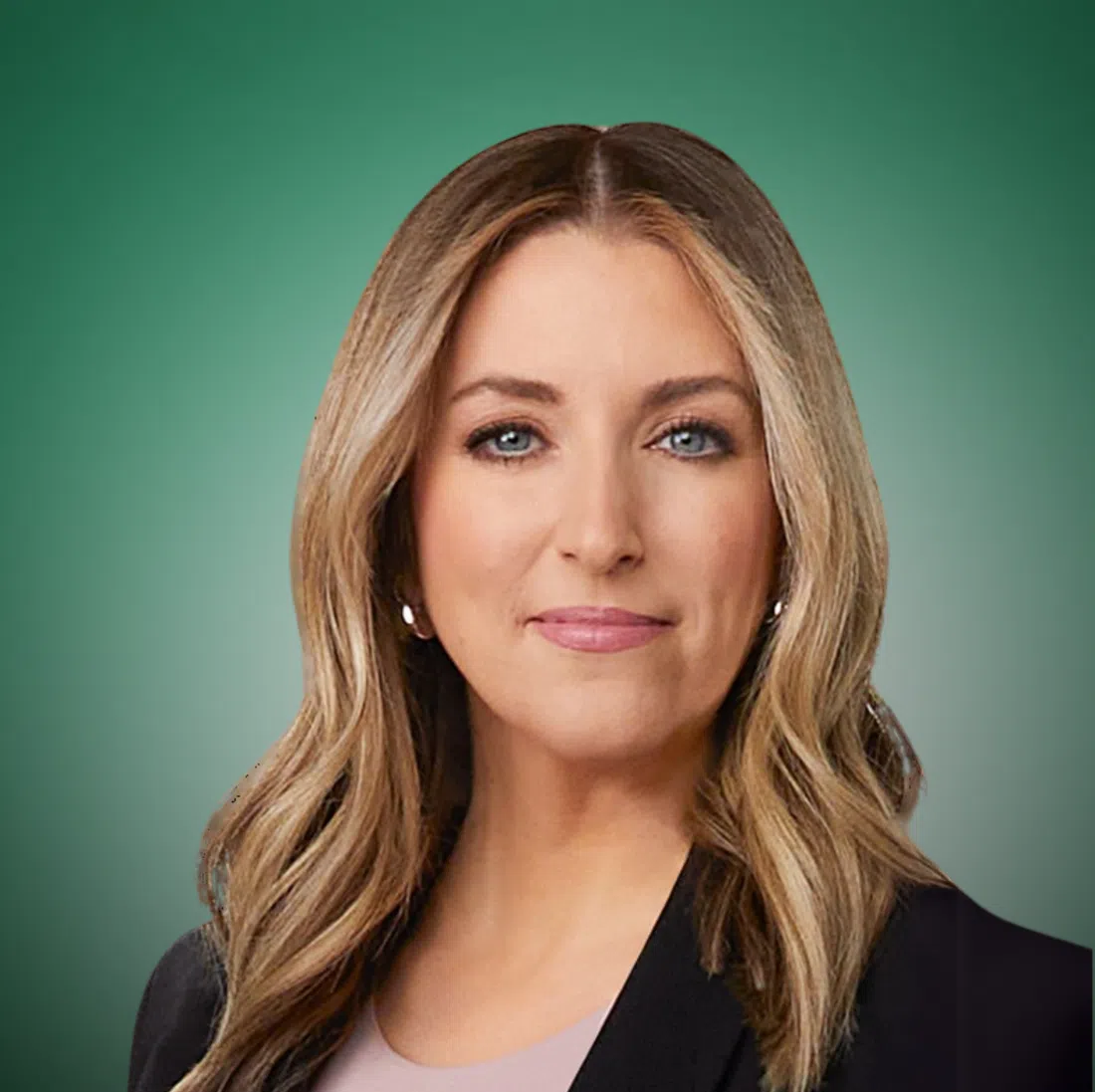Christine Marie says orders for her “Every Child Matters” orange shirts have poured in after the past few months.
Her online store, Awasis Boutique, was launched in 2018, becoming the first Indigenous baby clothing and kids fashion line in Western Canada.
Over the years, with much success from partnerships of retail companies, she has expanded from clothing from babies to all members of the family.
Since her inaugural year, she has been selling “Every Child Matters” orange shirts to remember and recognize the effects of residential schools and colonialism on Indigenous peoples.
While the orange shirts are a top seller, much of her clothing is focused on recognizing Indigenous presence in Saskatchewan. All of her orange shirt products generate funds for Indigenous foundations.
“I have designs for nurses (and) for teachers, and designs that are centred around all of us being treaty people and how that is just such a significant part of walking towards reconciliation together,” said Marie, who has been hard at work sewing shirts.
This year, Marie added a new justice-focused shirt to the “Every Child Matters” orange shirt lineup. Marie was contacted by an Indigenous group that asked if she could to design an orange shirt for the College of Law at the University of Saskatchewan.
The orange shirt law design features a scale, showing the need for balance between the justice system in Canada and the Indigenous community.
“There’s just so many layers within the legal system that need to be fixed,” said Marie. “I think it’s just another great way to create awareness of how we can come together and work towards bringing change.”
While Marie has sold shirts every year she has been in business, she explained she saw a boom in demand for shirts after the discovery of unmarked graves in communities like Kamloops and the Cowessess First Nation.
Marie said last year her first shipment of orange shirts sold out in 30 minutes, with 600 shirts sold. This year, she started collecting bulk orders in the spring to prepare.
With 300 individual orders under her belt and five more bulk orders, Marie said she feels “so grateful” towards the community that supports her.
“We have, from spring until now, sold over 5,000 orange shirts,” said Marie.
Each of Marie’s orange shirts produced $15 for the Indian Residential School Survivors Society.
Buying from an Indigenous business
Ethical concerns surrounding the purchase of “Every Child Matter” orange shirts should be taken into account, Marie said.
The original orange shirt was worn by Phyllis Webstad, a residential school survivor who had her bright orange shirt taken away from her upon entry of a St. Mary’s Mission residential school. Phyllis’ story is now shared and remembered through the Orange Shirt Foundation emphasizing the importance that “Every Child Matters.”
Marie explained it’s important to find an Indigenous-based business to purchase an “Every Child Matters” shirt, and make sure the business is donating proceeds back to Indigenous foundations. Marie said that will benefit Indigenous people because there will be growth in Indigenous-based businesses.
Purchasing an orange shirt from a non-Indigenous person or someone who is not putting donations back to Indigenous communities will not promote the values of truth and reconciliation.
“The whole meaning of why one shirt came to be is because there’s so much trauma and pain that’s tied to it,” said Marie. “For somebody that’s non-Indigenous to profit off of it is just absolutely disheartening and cruel. Who does that?
“That’s why it’s so, so important to verify that you are purchasing from an Indigenous business, and then those proceeds can be properly donated.”
While Marie sees the majority of people wearing an “Every Child Matters” shirt only on Sept. 30, she explained it is important to make every day Truth and Reconciliation Day.
“I’m so grateful to have this opportunity to be in this business world here, but I would like to see products on shelves all year long, not just leading up to Orange Shirt Day,” Marie said. “Why can’t that just be the norm? Why do we have to wait for an event? I think that this is so important.”












